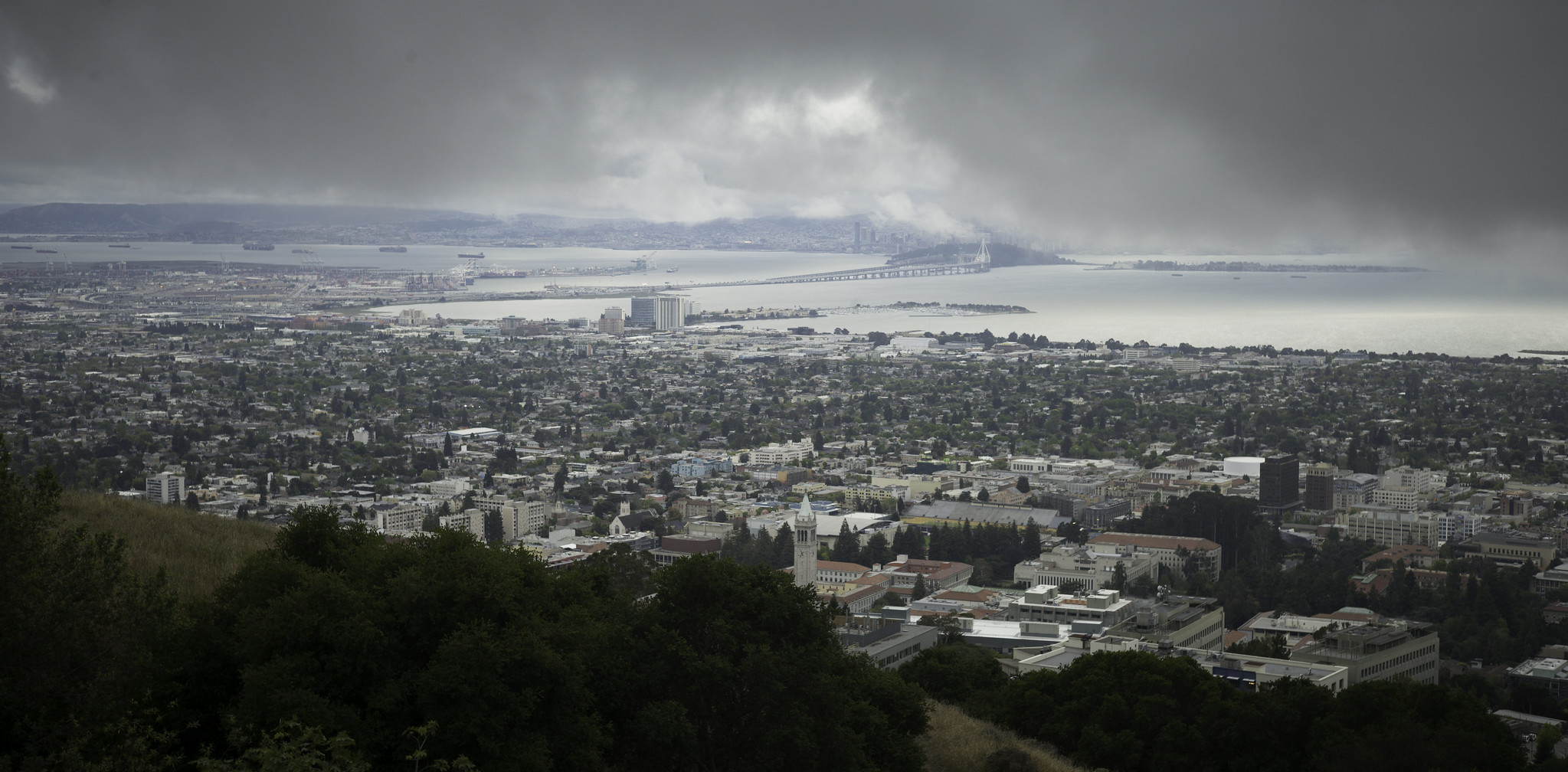
[Looking westward from Berkeley hills, early evening]: photo by Film&PhotoArchivist, 19 May 2015
Apart from branches in courtyards and small stones,
The countryside is beyond me.
I can go along University Avenue from Rochester to Sobrante
And then the Avenue continues to the Bay.
Often I think of the dry scope of foothill country,
Moraga Hill, Andreas, Indian country, where I was born
And where in the scrub the air tells me
How to be born again.
Often I think of the long rollers
Breaking along the beaches
All the way down the coast to the border
On bookish cressets and culverts blue and Mediterranean.
There I break
In drops of spray as fine as letters
Blown high, never to be answered,
But waking am the shore they break upon.
Both the dry talkers, those old Indians,
And the dry trollers, those old pirates,
And the dry trollers, those old pirates,
Say something, but it's mostly louder talking,
Gavel rapping, and procedural dismays.
Still here we are, and where we roll and call,
The long rollers of the sea come in
As if they lived here. The dry Santa Ana
Sweeps up the town and takes it for a feast.
Then Rochester to El Sobrante is a distance
No longer than my name.
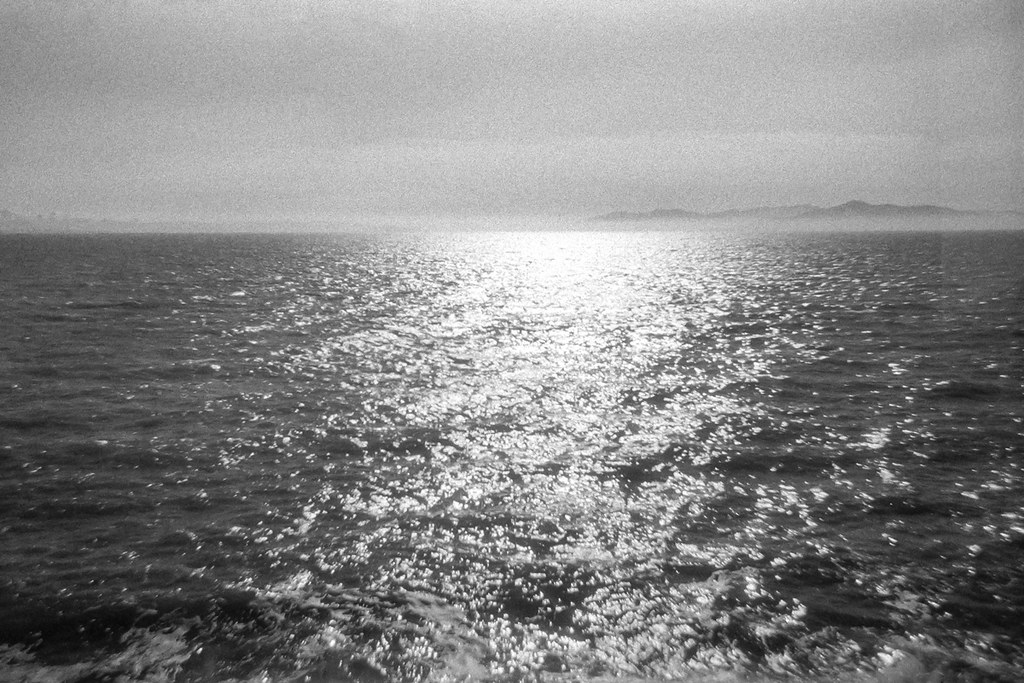
Bay Side Ocean View (Berkeley). 35 mm plastic toy camera from dog food. Expired Tri-X from the 1980s.: photo by Dave Hebb, 12 July 2015

University Avenue, Berkeley, at night: photo by Whyzee, February 2008
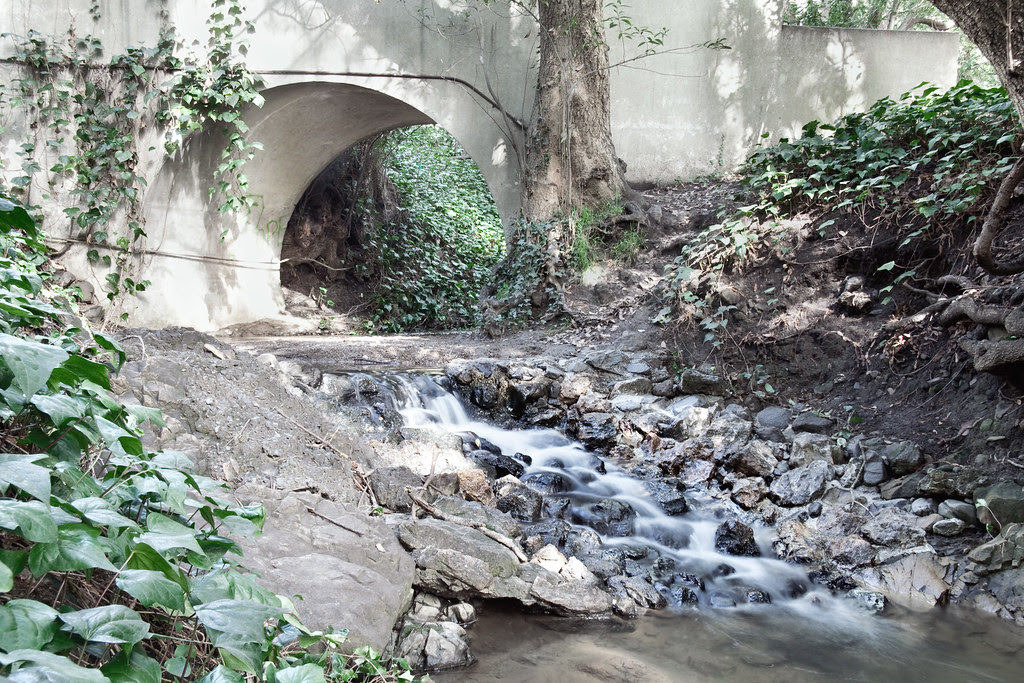
Strawberry Creek I: photo by Sean Goebel (geekyrocketguy), 3 February 2010
Strawberry Creek III: photo by Sean Goebel (geekyrocketguy), 3 February 2010
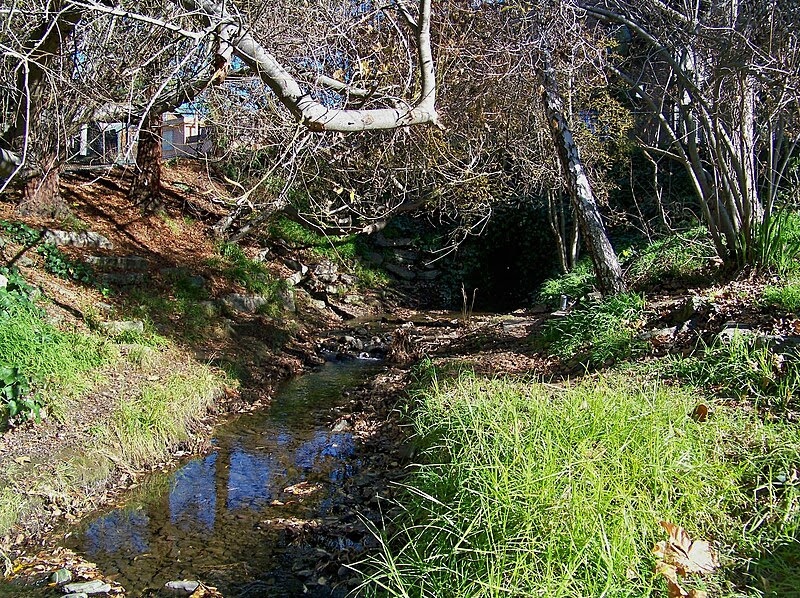
Strawberry Creek coming out of the culvert from UC Berkeley: photo by Coro, 13 January 2009photo by Coro, 2009
Strawberry Creek as it drops to a lower level, just east of Sather Gate Bridge at UC Berkeley: photo by Coro, 13 January 2009
Strawberry Creek: postcard, c 1906, photographer unknown for E.P. Charlton and Company, San Francisco (via East Bay Creeks)
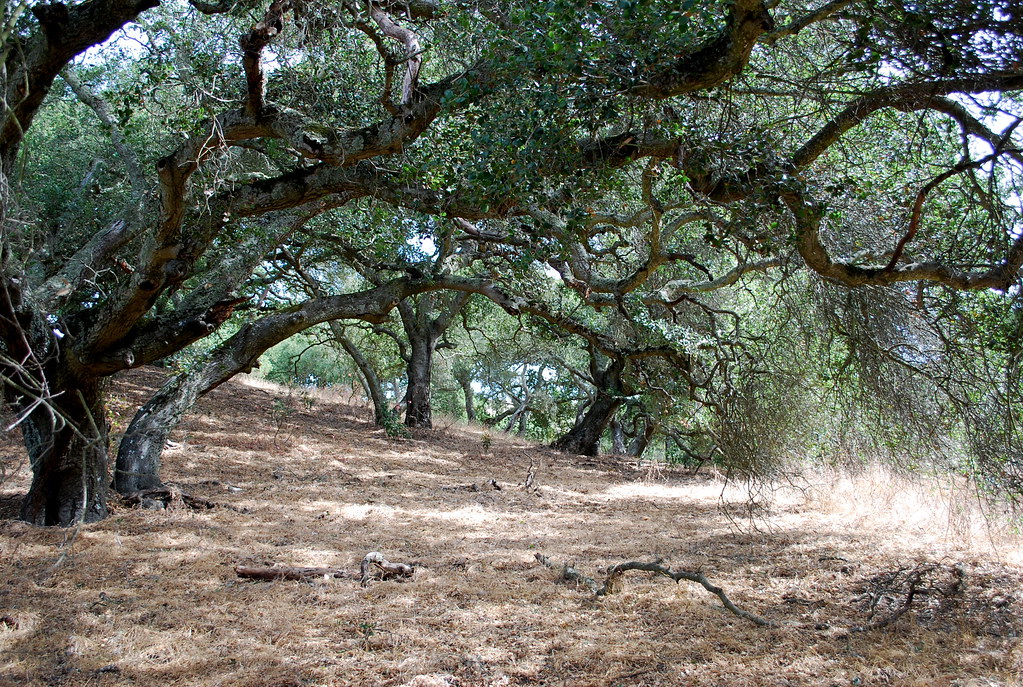
Oak trees, El Sobrante Ridge Regional Preserve: photo by nick fullerton, 15 October 2010
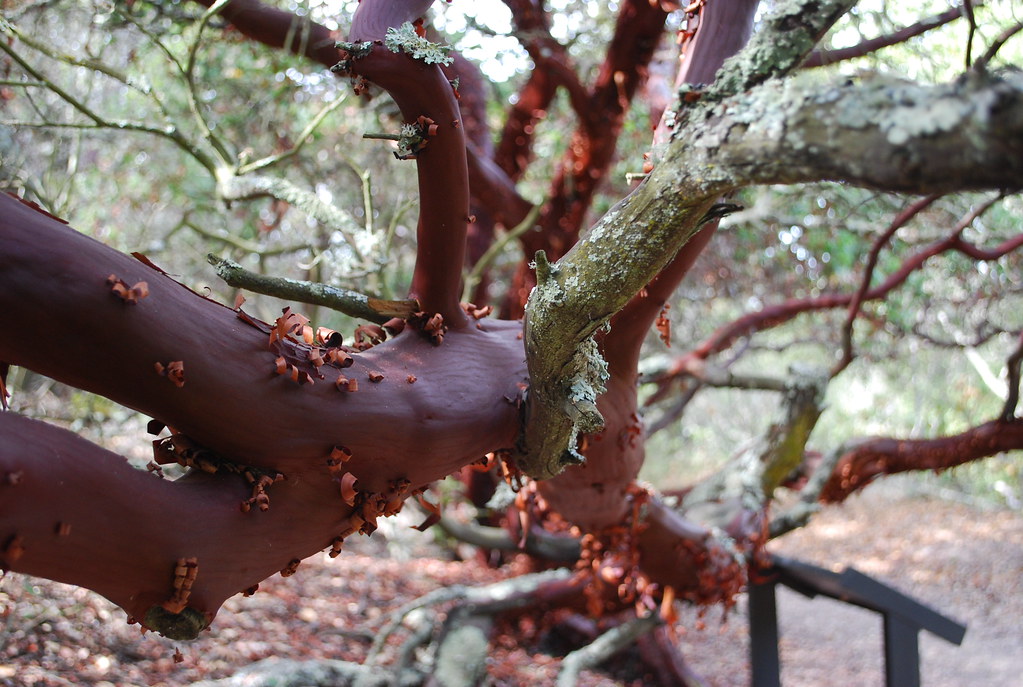
Manzanita trunk, El Sobrante Ridge Regional Preserve: photo by nick fullerton, 15 October 2010
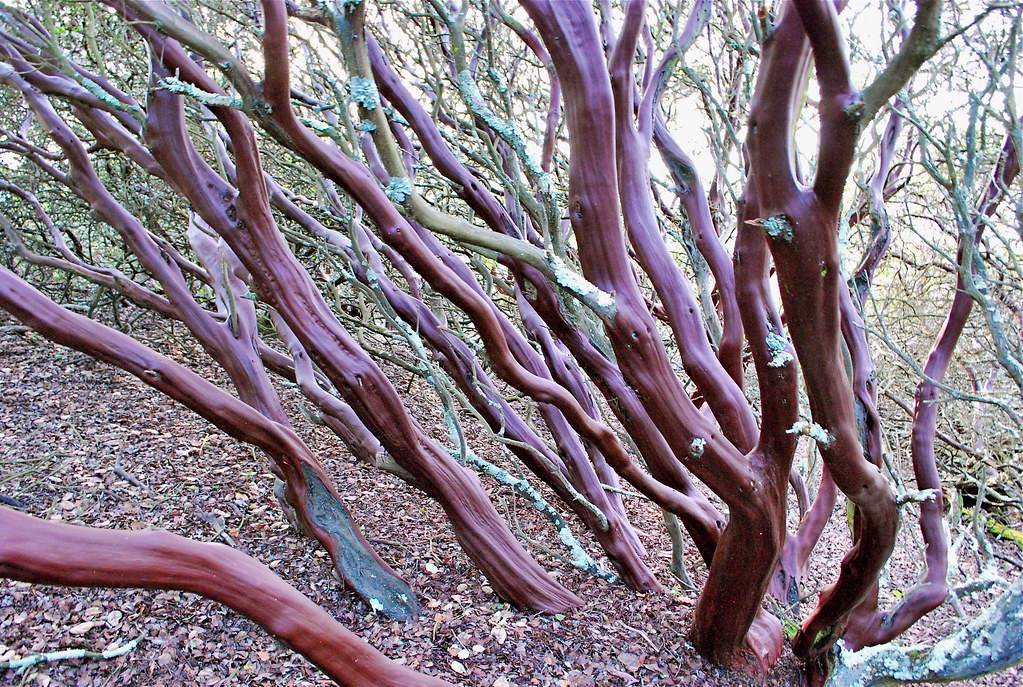
Pallid Manzanita trunk, El Sobrante Ridge Regional Preserve: photo by nick fullerton, 16 February 2010
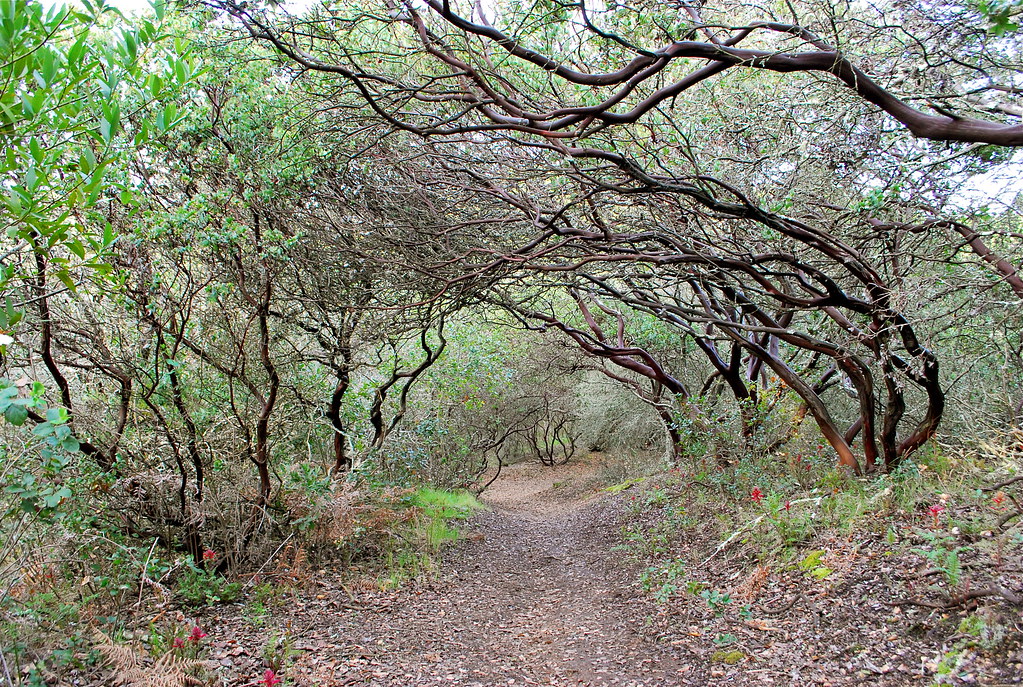
Path with Manzanitas, El Sobrante Ridge Regional Preserve: photo by nick fullerton, 16 February 2010
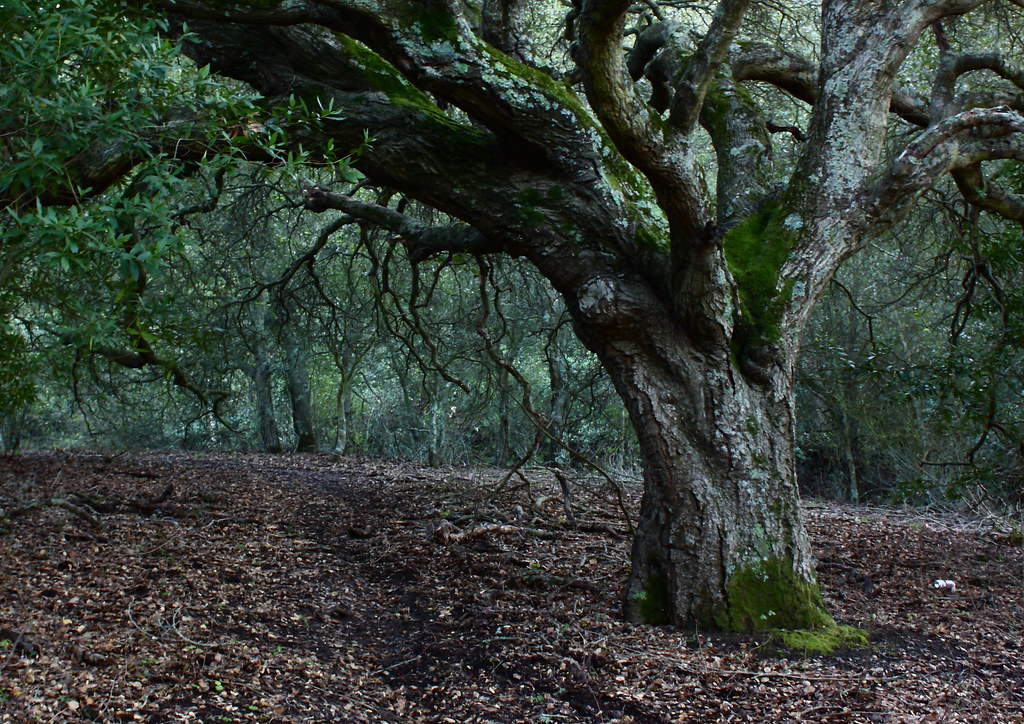
Oak, El Sobrante, California: photo by Paul Excoff, 19 February 2009

Wildcat
Canyon hike panorama. Taken from Wildcat Canyon, facing east at the
center, San Pablo Bay is on the left, San Francisco Bay on the right: photo by Daniel Ramirez, 7 February 2009
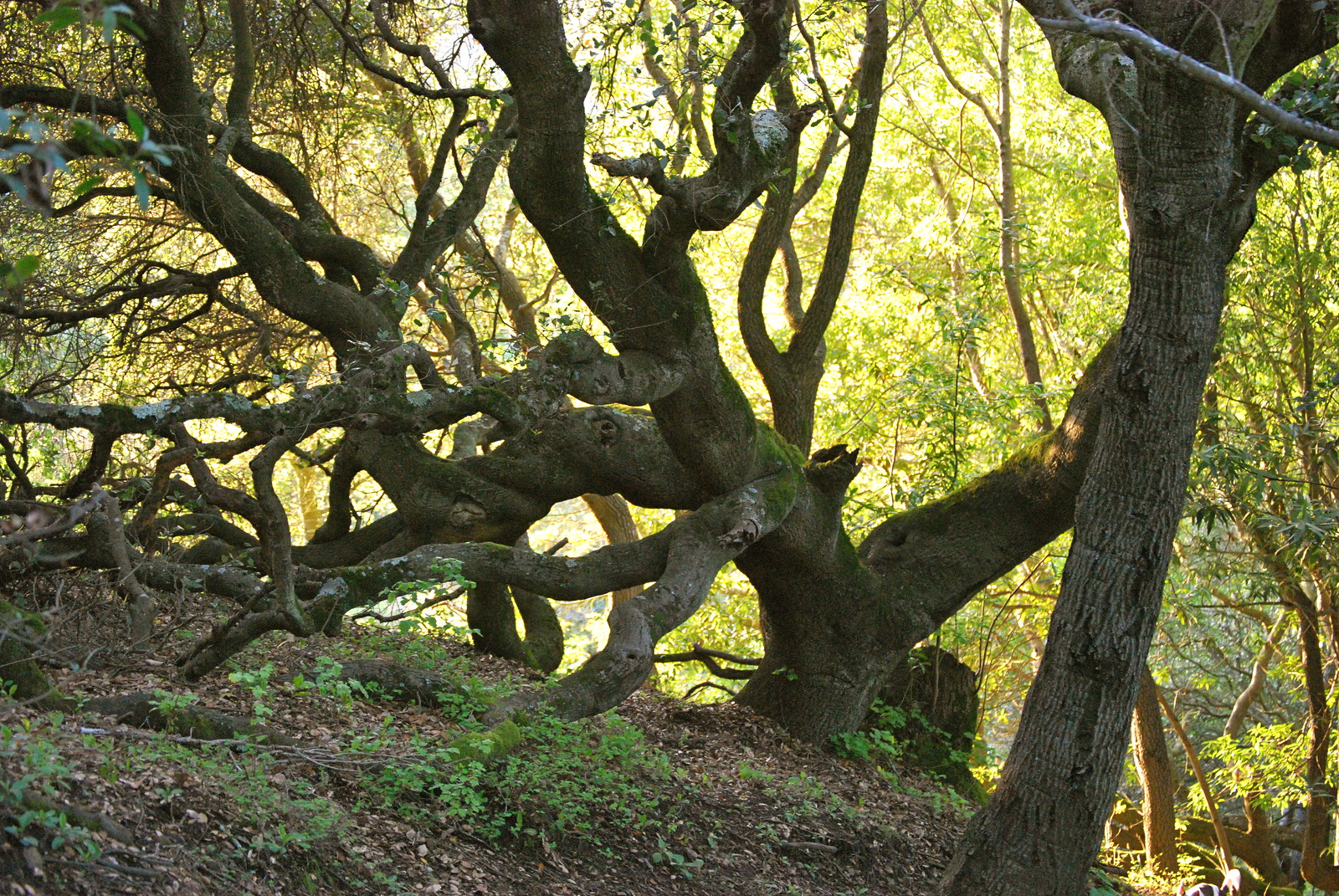
El Sobrante Ridge Regional Preserve: photo by nick fullerton, 13 April 2012
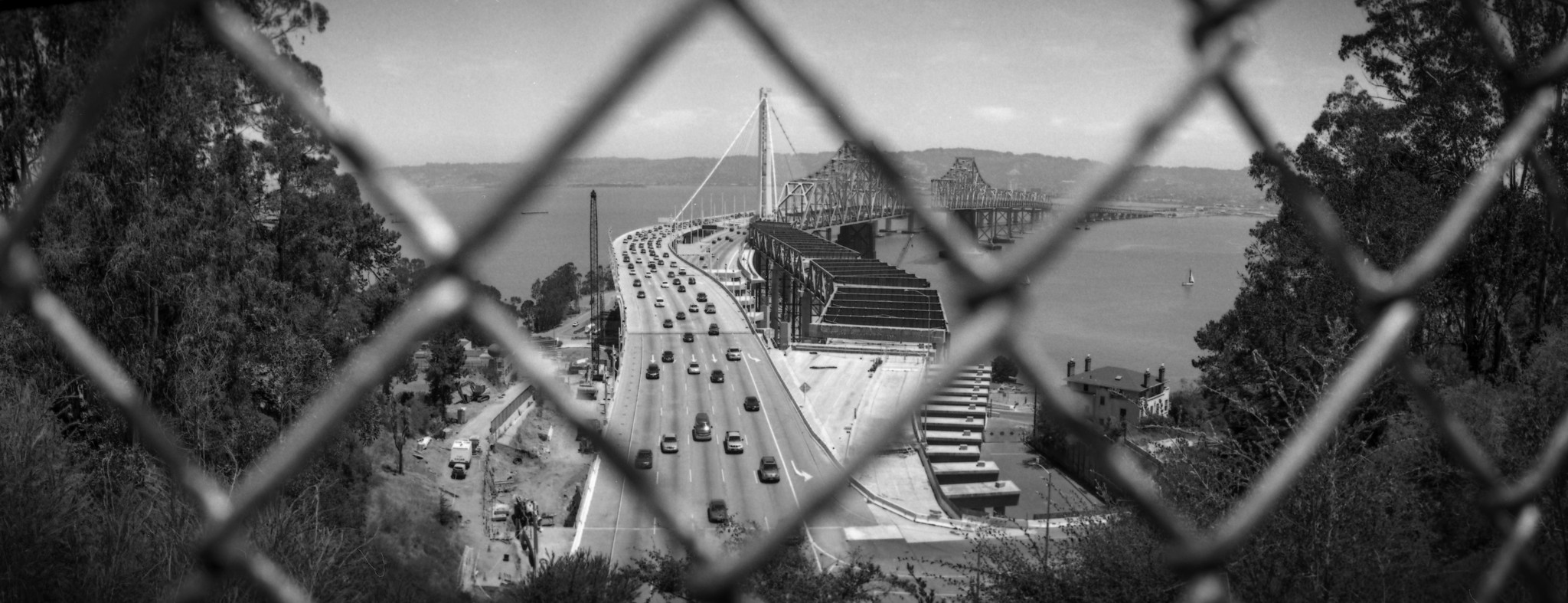
Treasure Island. Bay Bridges.: photo by Film&PhotoArchivist, 13 July 2014
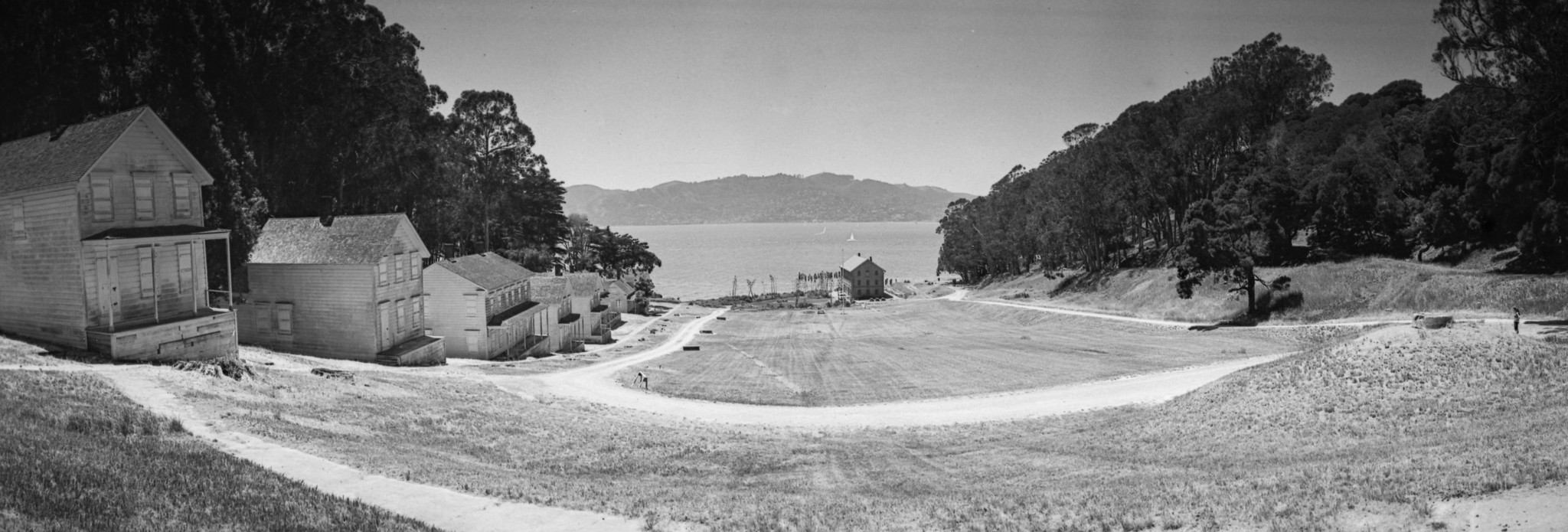
Treasure Island. Angel Island: Camp Reynolds Barracks. If we had been around here 50-100 years ago we'd have also seen a row [of] enlisted [men's] barracks on the right, but those were demolished many years ago.: photo by Film&PhotoArchivist, 13 July 2014
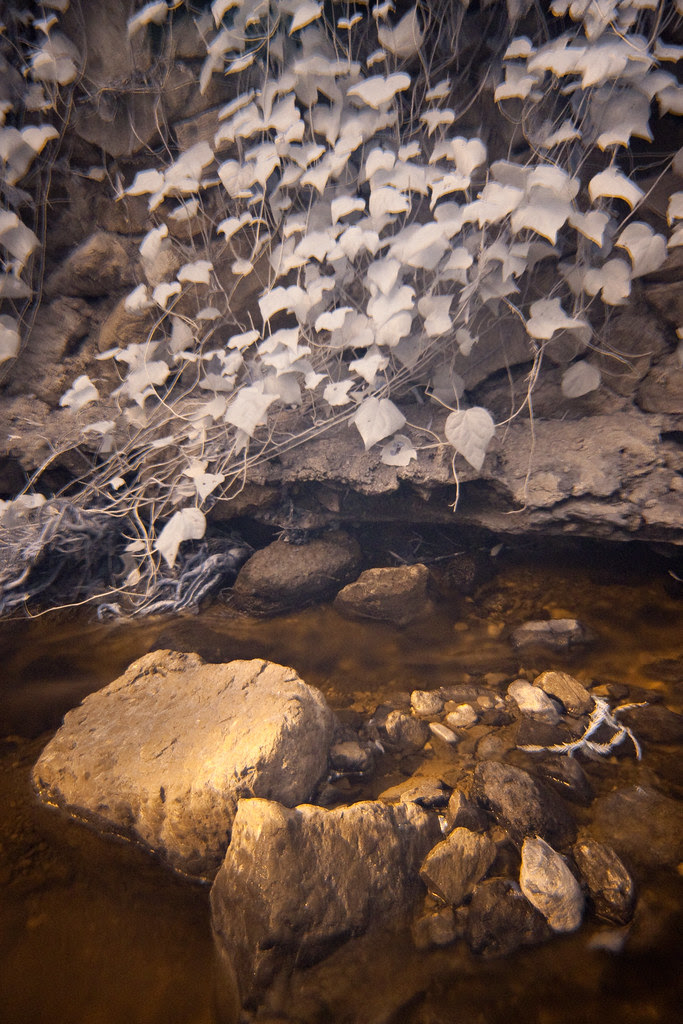


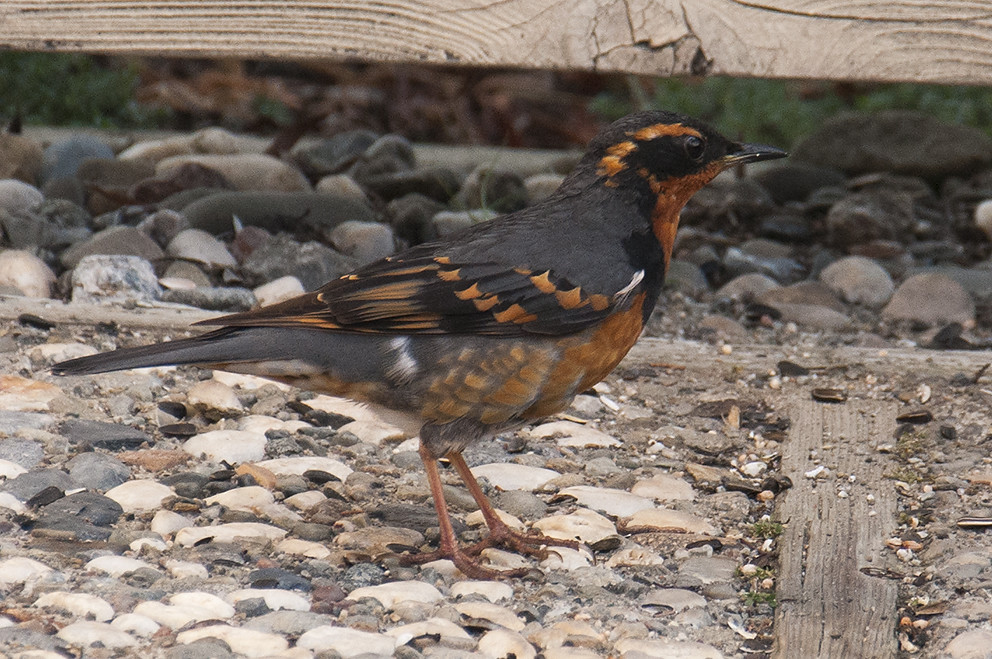
great post and poem Tom, I'm honored to have won an award named after her and to be reminded of how terrific she was as a poet, as well as a commentator on the bay area
ReplyDeleteThanks, Michael, that's an honour indeed.
ReplyDeleteFor my nonexistent money, Jo Miles is the most interesting and intelligent poet ever to emerge from this town.
Though of course she wasn't really "from" this town, nor "emerging" at all (hack term, hate it), she was just, as this poem demonstrates, very much here.
Mobility is over-rated.
Apart from branches in courtyards and small stones,
ReplyDeleteThe countryside is beyond me. . . .
There I break
In drops of spray as fine as letters
Blown high, never to be answered,
But waking am the shore they break upon.
Thanks Tom, beautiful poem + photos. She was my teacher once upon a time, a class in The Lyric on the ground floor of Wheeler Hall, her attendant would carry her in his arms into the room, sit her down at the end of the long brown seminar table, and she would commence to speak about the great poems of the tradition, beginning with Wyatt, all of them there collected in her book (The Ways of the Poem) with its yellow cover . . . We also once went to her house on Virginia, was it, where I can now see again those "branches in courtyards and small stones . . ."
Thanks very much for the testimony, Steve. Obviously something from those classes has rubbed off (not accusing you of lyric quietude, but you know what I mean).
ReplyDeleteYes, that was her neighbourhood, forever. Could never pass by without thinking of her.
(The Virginia Cleaners had been depositing subterranean toxic chemicals all those years, and no one ever guessed...)
The sun yellowed cover of her voluminous study of the diction of English poetry, The Continuity of Poetic Language, gets brighter by the year, while everything else here seems to be getting duller, duller, duller.
Those astonishing labour-intensive concordances of the language of poetry from the 1640s through the 1940s -- notation of words upon index cards, systematically accumulated, painstakingly filed, totted up & c., none of the work done by mechanical means -- a miracle of oldtime scholarship, sans aid of computer.
I remember a line of hers on teaching Chaucer: "the 25 years went by in a moment," or words to that effect.
I don't know if anybody teaches Chaucer any more, but if they do, let us hope they are enjoying it as much as Jo did.
This poem is part of a long, extremely localizing sequence that seems to reflect the atmosphere of the late Sixties period, and her interest then in another kind of (i.e. nonacademic) poetry altogether. She promoted Ginsberg and Duncan, among others, when nobody else in the English Department was doing so.
(Graham Mackintosh first published it, way back then.)
Distinguishing the ecological zones of the area, as she does here, is not something very many poets were doing then, if ever.
Here she is less "difficult" than elsewhere, but she is never not just enough difficult to require, and reward, care in reading.
There's always a bit of an edge, not forgetting that that's true also of where she lived, in a geographical sense -- at the edge of the land, yet, as here, thinking back to the dry hills...
The distinctive, idiosyncratic, angular shape of a very specific mind and sensibility. Randall Jarrell credited her with "a carefully awkward and mannered charm. Everything is just a little off; always the precisely unexpected."
Steve, talking as were of Lyric, that dread beast, and thinking further about her diction studies, the concordances and word-counts distinguishing the vocabularies of different poets and periods, one pauses to wonder, along with Miles, at the effects of the vanishing from poetic speech, over time, of concrete terms denoting organic features of the natural world -- sun, moon, stars, wind, cloud, tree, bird, grass, eye, hand and the like -- and the arrival, in their place, of nouns of abstraction and generalization, and of nouns denoting things made and used by humans -- door, window, wall, street and the like.
ReplyDeleteFor poetry, a diminution, a narrowing of range, of feeling, a loss of signifying world.
So... in case any of these topics interests anybody:
ReplyDeletePoetry, Teaching and Scholarship: an interview with Josephine Miles